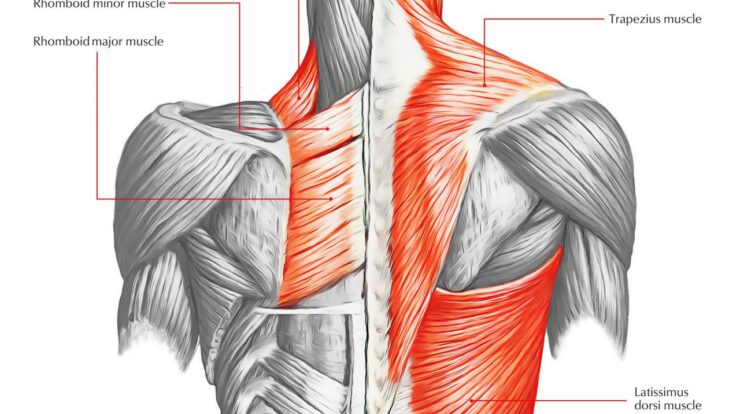
Delving into the enigmatic realm of cell language meaning, we embark on a journey to decipher the intricate symphony of signals that orchestrate cellular life. From chemical messengers to electrical impulses, cells engage in a constant dialogue, shaping their destiny and the very fabric of our being.
Unveiling the mechanisms that govern cell language, we uncover the molecular machinery that translates signals into cellular responses, orchestrating a harmonious dance of growth, development, and repair.
Cell Language: The Language of Life
Cells, the fundamental units of life, communicate with each other through a complex language that orchestrates cellular functions and maintains the health of organisms. This language, known as “cell language,” encompasses a wide range of signaling mechanisms that allow cells to exchange information, coordinate activities, and respond to environmental cues.
Types of Cell Language
Cell language encompasses various types of signals, each serving specific functions:
- Chemical Signals:Cells release chemical messengers, such as hormones and neurotransmitters, that bind to receptors on target cells, triggering specific responses.
- Electrical Signals:Ion channels in cell membranes allow for rapid electrical impulses, transmitting signals over long distances, as seen in nerve cells.
- Mechanical Signals:Cells exert physical forces on each other, transmitting signals through direct contact or via extracellular matrix proteins.
Mechanisms of Cell Language, Cell language meaning
Cell language involves complex mechanisms:
- Signal Transduction Pathways:Chemical and electrical signals are converted into intracellular responses through signaling pathways, involving cascades of protein interactions.
- Receptor Proteins:Cells have specific receptor proteins on their surface that bind to signaling molecules, triggering intracellular responses.
Importance of Cell Language
Cell language is crucial for:
- Cellular Function and Development:Cells communicate to coordinate growth, differentiation, and metabolism.
- Tissue Homeostasis:Cells within tissues exchange signals to maintain balance and repair damaged cells.
- Organ Function:Cells in organs communicate to perform coordinated functions, such as heart contractions and digestion.
- Overall Organismal Health:Cell language ensures proper communication between cells throughout the body, maintaining overall health.
Dysregulation of Cell Language
Disruptions in cell language can lead to cellular dysfunction and disease:
- Mutations:Genetic mutations can disrupt receptor proteins or signaling pathways, impairing cell communication.
- Environmental Toxins:Exposure to environmental toxins can interfere with cell signaling, causing cellular damage.
- Disease:Diseases such as cancer and neurodegenerative disorders involve dysregulation of cell language, leading to abnormal cell behavior.
Applications of Cell Language
Cell language has applications in:
- Medicine:Understanding cell language can lead to new therapies for diseases caused by communication disruptions.
- Biotechnology:Manipulation of cell language can enhance cell-based therapies and create novel biomaterials.
- Drug Discovery:Targeting cell signaling pathways can lead to new drug development for various diseases.
Last Recap: Cell Language Meaning

As we delve deeper into the realm of cell language meaning, we uncover its profound implications for health and disease. Dysregulation of these delicate communication pathways can disrupt cellular harmony, leading to a cascade of pathological consequences. Conversely, harnessing the power of cell language holds immense therapeutic promise, offering novel avenues for treating a wide spectrum of ailments.
Essential Questionnaire
What is cell language?
Cell language refers to the complex system of communication that enables cells to exchange information and coordinate their activities.
How do cells communicate with each other?
Cells communicate through a variety of mechanisms, including chemical signals (hormones, neurotransmitters), electrical signals (action potentials), and mechanical signals (touch, pressure).
What are the different types of cell language?
There are three main types of cell language: chemical signals, electrical signals, and mechanical signals.
What is the importance of cell language?
Cell language is essential for cellular function and development, contributing to tissue homeostasis, organ function, and overall organismal health.
How can cell language be manipulated for therapeutic purposes?
Manipulating cell language holds immense therapeutic potential, offering novel avenues for treating a wide range of diseases.





